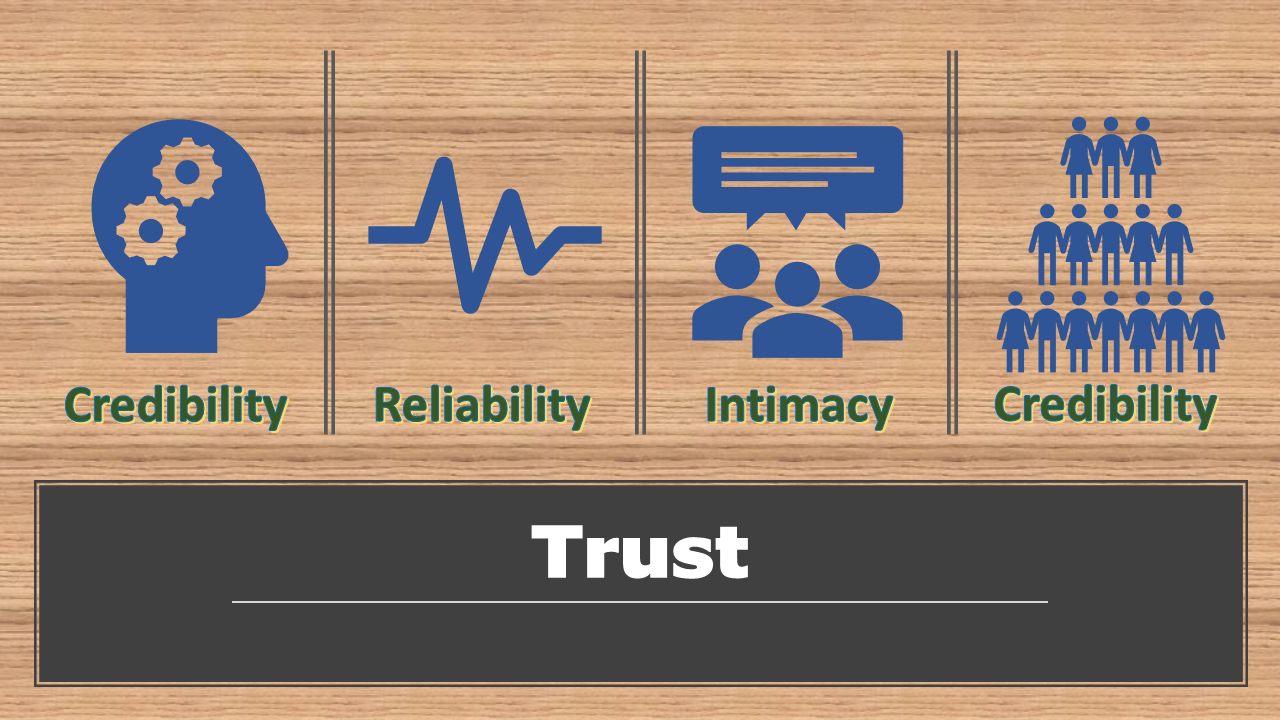I like to write about buzzwords. Often, we get caught drinking from the buzzword firehose that is being forced down our throats without being given a chance to think about it or understand it. Innovation! Innovation has become a “buzz word” that marketing bombards consumers with at every opportunity. According to the commercials in mass media, everything that is new or represents a change in a product is innovative: a change in color, the name of the product, the shaving of .01 ounces from its weight – all innovations! Let’s explore the concept of innovation as well as its impact on organizational development. Specifically, two companies will be looked at with respect to how innovation shaped their organizational development. IBM and Ford Motors benefited from periods of innovation that led to their great successes. Aspects of innovation and how organizations rally behind those events to drive their development shape the future of those companies.
What is innovation?
The word innovation suggests many possible interpretations. Even within the scoped context of business, innovation can have many definitions. Drucker defined innovation as “the act that endows resources with a new capacity to create wealth” (Drucker, 2014). While at first glance, this definition might lead to thinking solely on the creation of a new product, which indeed is consistent with the concept of innovation and meets the parameters of this definition. However, there are other things that can also represent new capacities that deliver wealth. For example, redefining and evolving processes, enhancing or creating a completely new business model and creating new business structures all meet this definition. Innovation discussions and strategic planning frequently fail to consider such options as evolving business models (Chesbrough, 2010). Similarly, in (Nickerson, Yen, & Mahoney, 2012) the idea that problem identification and solution is innovation and can take the form of removing barriers to people and process as well as the implementation of a new product are equally valid forms of innovation. In this paper, concepts such as these will be fully considered as valuable extension to innovation.
Business model innovation
There are times when it isn’t necessarily the product that requires innovating, but rather the business model. As time advances, technology changes as well as the behaviors of the consumer base. Sometimes, these changes require a new approach to the business model in order to continue the success. For example, look at the music industry. The Beatles showed that a group could live on royalties to such an extent that they could abandon the time honored “requirement” for live performance (Teece, 2010). But as technology changed, people’s behaviors changed. Music videos became a driving force in the 1980’s that required serious artists to include this medium into their marketing strategy (Teece, 2010). And then the advent of readily downloading the content in modern times has again called for a change in the business model for the music industry (Teece, 2010). These changes in business model had a corresponding change in the organization’s development. Whole industries, at times, are developed in response to these types of changes having a profound shift in the organization. Innovation isn’t always about coming up with the newest gadget. Often, it is responding to the times and events that aren’t directly under control of the organization. In fact, sometimes it is quite tangential and only obscurely related. To have an entrepreneurial mindset is to be able to see these sometimes ethereal concepts in the cosmos and create new ways to capitalize on them, driving value to the organization in many different forms. Let’s look at two scenarios and show how the businesses of IBM and Ford Motors capitalized on innovating in ways that aren’t the “traditional” understanding of innovation and the impact on the organizational development that resulted.
I have a product that isn’t selling
In the 1930’s, IBM developed the modern accounting machine (Drucker, 1998). Unfortunately for them, the banking industry was not in a condition to invest in capital assets. This could have been the end of IBM before it really got started. However, Thomas Watson Sr. realized that the New York Library had significant funding as a result of “New Deal” projects and that these accounting machines could be leveraged in that market as well (Drucker, 1998). As a result of shifting the target market for the machines to one that had never been thought of before, IBM was able to sell hundreds of machines that otherwise would not have been. This type of innovation, understanding to the environment and adapting to create value where there was none can mean the difference between business life and death. IBM continued this pattern of innovation by adapting various products from its intended usage to meet needs of completely different uses, giving it significant market advantage and wealth.
Product launch failed – let’s make lemonade
Another example of innovation comes from Ford’s development of the Edsel. By all accounts, the Edsel represented a failure. However, Ford didn’t let this failure represent a total loss. Ford had put considerable time and effort as well as resources into the development and design of the Edsel (Drucker, 1998). That investment, when the car failed to sell, was used to investigate and understand what had gone wrong (Drucker, 1998). This led to the development of a new understanding of the marketplace, replacing segregating cars and people by class and instead in understanding and investing in lifestyles (Drucker, 1998). This resulted in Ford establishing a significant market advantage and products such as the Mustang which yielded huge consumer adoption. Going back to the definition offered at the beginning of this paper, Ford took the failure of the Edsel and found value in a new approach to understanding the consumer profile and a subsequent marketing approach. This had tremendous impact on Ford’s organizational development and how it operated. And it effected not only Ford, but the entire auto industry. In this case, the innovation was not the creation of a new product. The Edsel was the new product, and it failed miserably. The innovation was seeing the value in learning from this mistake and developing a whole new approach to understanding the market resulting in market advantage. That’s demonstrating a growth mindset!
Plug innovation into strategy
With the examples given in this paper, it becomes obvious that including innovation as part of an organization’s strategy management would be a wise investment. However, most organizations fail to include innovation as part of their strategic planning (Carlopio, 2011). Few businesses can exist without adapting to the ever-changing landscape of their domain. To assure systematic innovation, driving the organization to higher and higher values (which can be evaluated in different ways) organizations would benefit from incorporating design processes into their strategic planning to include innovation (Carlopio, 2011). One of the key concepts to getting innovation management correct is to understand that it is not a linear process (Carlopio, 2011), but rather it is an iterative process that requires feedback in order to fully understand the nuances of the marketplace and its response to various changes a in the products from the company as well as to environmental issues such as adoption of new technologies, methodologies, etc in even tangential domains.
Summary
We looked at the concept of innovation within the context of business development. Rather than taking a tightly scoped definition of innovation to mean only the creation of new products, a broader definition was adopted that endorsed innovation as an act that generates value to the organization. With that definition, new products can represent innovation, but so can concepts like evolving business models and changing target audiences for a given product. These ideas can lead to significant value to the organization and can completely change the organizational development strategy.
Through innovation, whole business models and even the definition of a company can shift. For example, GE embraced becoming a provider of capital to consumers, initially to facilitate purchasing GE’s own goods. This concept began as an enabler to their own customers to have the required capital to make the purchase from GE that they would not otherwise have. Quickly seeing the huge profitability of this model, GE grew its efforts and depth into this market expanding beyond selling its own products to consumers but into just about any product. At some point, more than 50% of the profit coming into GE was from its financial services market. At that point, one could make the argument that GE ceased to be a manufacturing company and became a financial company. The point being, this growth came from innovation. GE saw the barrier to their customers making purchases. They in turn created a new capacity to overcome this barrier that in turn created value to GE through two separate streams: the purchase of product and the interest charged to customer leveraging the GE financial service. The innovation was in changing the business model of the company to get a whole new stream of revenue moving.
Through innovation new products, process and other conceptual entities can be formed. These changes are sometimes small in impact while others can have profound impacts. Times change, it is inevitable. The business that wants to continue to grow and be a contender in a given marketplace must invest in its innovation efforts to keep ahead of the changes.
References
Carlopio, J. j. (2011). Development Strategy by Design. World Future Review (World Future Society), 3(2), 11-16.
Chesbrough, H. (2010). Business Model Innovation: Opportunities and Barriers. Long Range Planning, 43(Business Models), 354-363. doi:10.1016/j.lrp.2009.07.010
Drucker, P. (2014). Innovation and entrepreneurship. Routledge.
Drucker, P. F. (1998). The discipline of innovation. Harvard business review, 76(6), 149-157.
Nickerson, J., Yen, C. J., & Mahoney, J. T. (2012). Exploring the Problem-Finding and Problem-Solving Approach for Designing Organizations. Academy of Management Perspectives, 26(1), 52-72. doi:10.5465/amp.2011.0106
Teece, D. J. (2010). Business models, business strategy and innovation. Long range planning, 43(2), 172-194.



